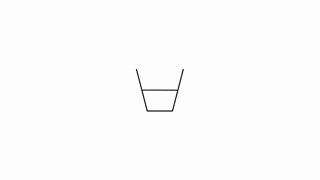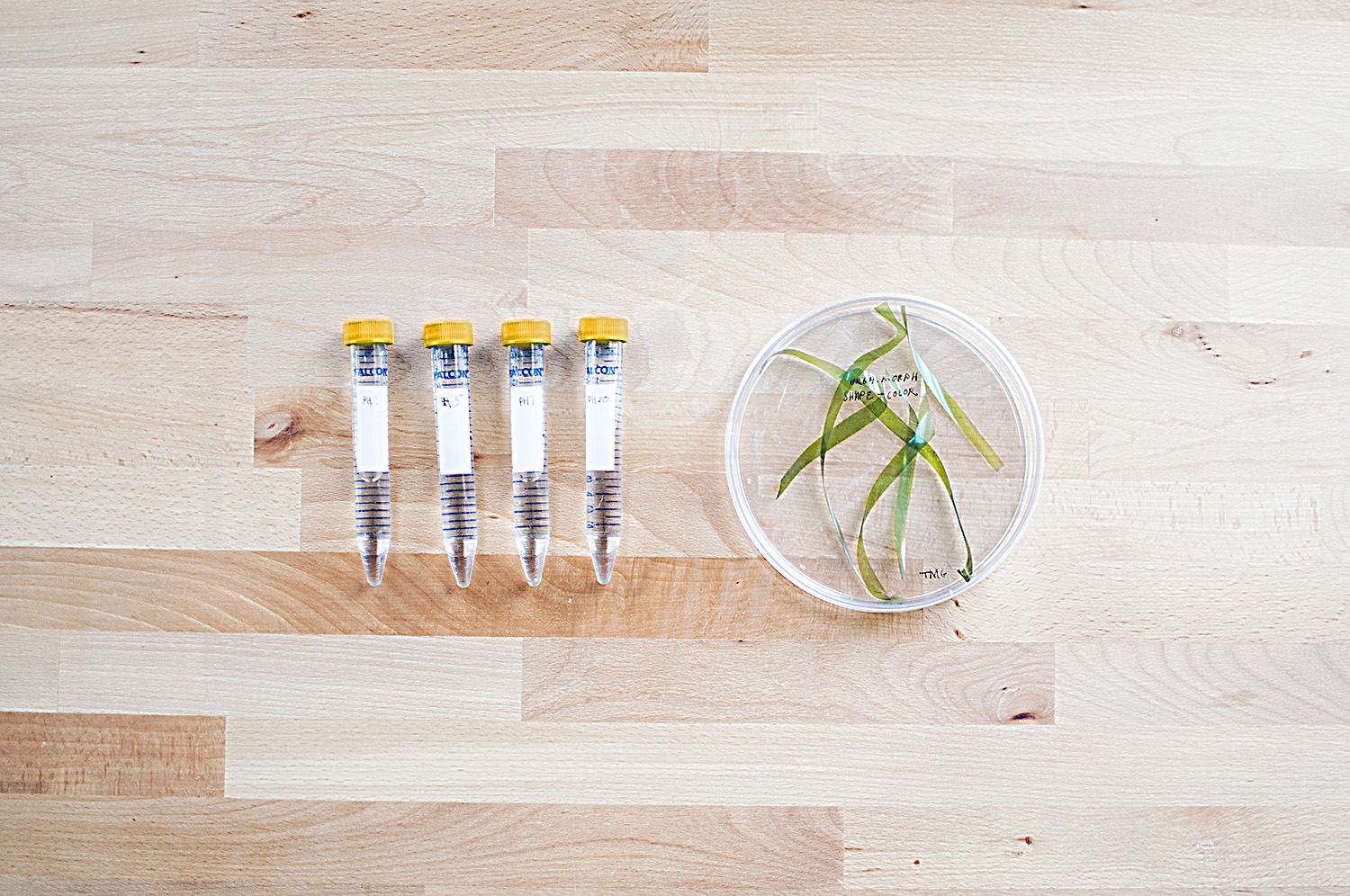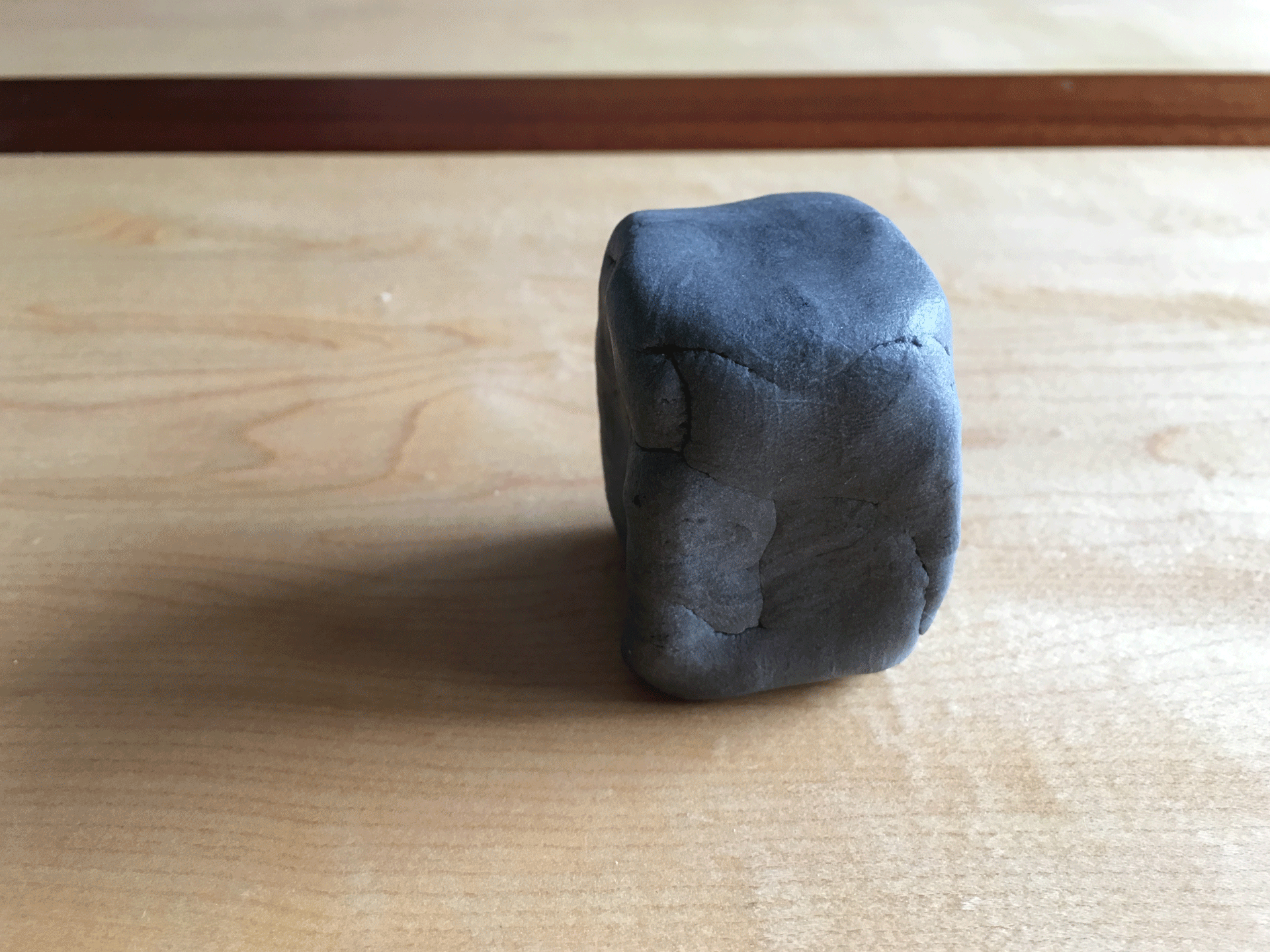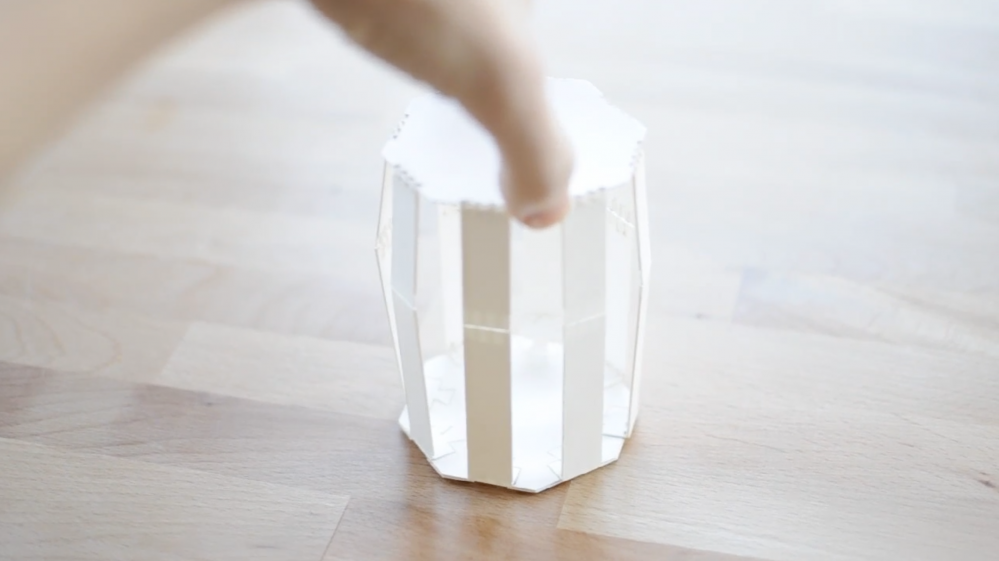TalkyThings
Vision
How would our interaction with day-to-day objects change if there was a dialogue in between bodies, objects, and spaces, and what is happening around them, so they can “communicate” with us by reacting and adapting accordingly.


Everyday objects have certain characteristics that suit our needs when we have to use them, but are not the best in other contexts.
Mapping The Invisible


We envision devices which could map parameters invisible for us (temperature, velocity, pH level, humidity, applied stress). Many things happen in the world out of our “field of view.” What if our devices could respond to them, adapting themselves to make our lives easier?
These devices would, then, respond to physical conditions, to interactions, to different contexts — they would “talk” to us in many different contexts, informing and adapting themselves in function of invisible properties of our surroundings.
Technology
Along these lines, we have built different prototypes which rely on simple mechanisms and systems from soft-robotics to allow our device to morph in between different stages.

Design — The Dining Experience

To provide an specific example of our vision, we chose the context daily objects that exist in any kitchen. Food and eating utensils are static. Added dynamic element for flexibility of use of one of the most ubiquitous devices used in everyday life.
A bowl, for instance, could activate when we put food on it, increase its containing volume depending on how much food you put on it, or optimize its shape for easier washing and storage whenever it is being washed. The bowl, in this case, would be a fellow traveler in our dining experience.
As a result, we designed a 3-state device that morphs from a high-packing-factor polygonal shape to a plate, and to a bowl.
Actuation could happen in many different ways. In the context of the kitchen, we found that passive actuators[1], which respond to different levels of pH (by shrinking when exposed to high pH levels and expanding when exposed to low pH levels) could allow our device to shrink and automatically go on “storage” configuration when applying soup on it (washing).

pH-responsive film by Viirj Kan




Team: Abdulla Alhajri, Lia Bogoev, Amy Loomis, Nono Martínez Alonso (@nonoesp)
Date: December 8, 2015



